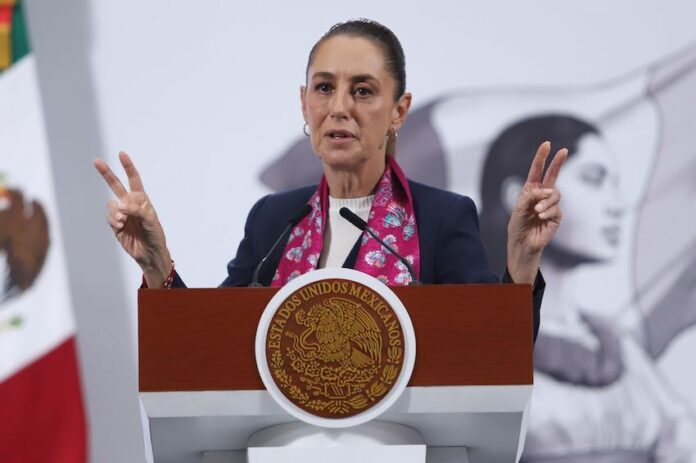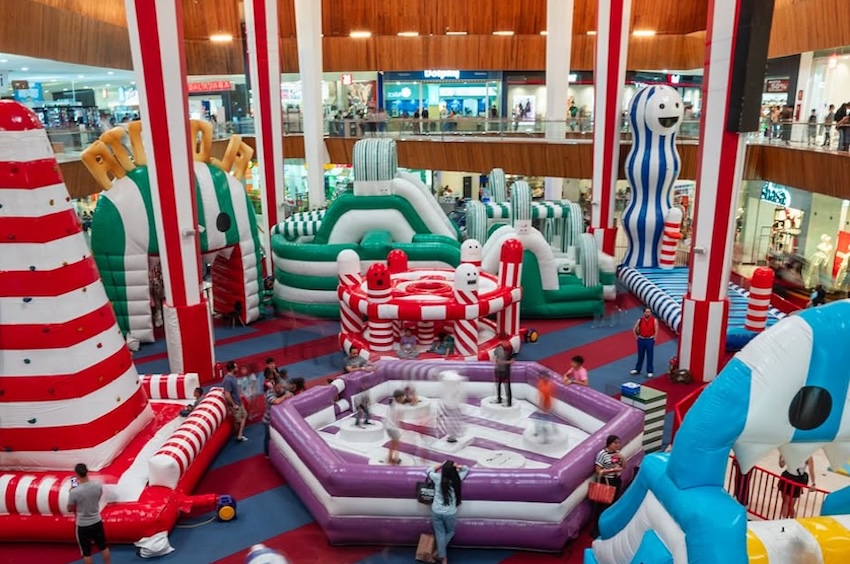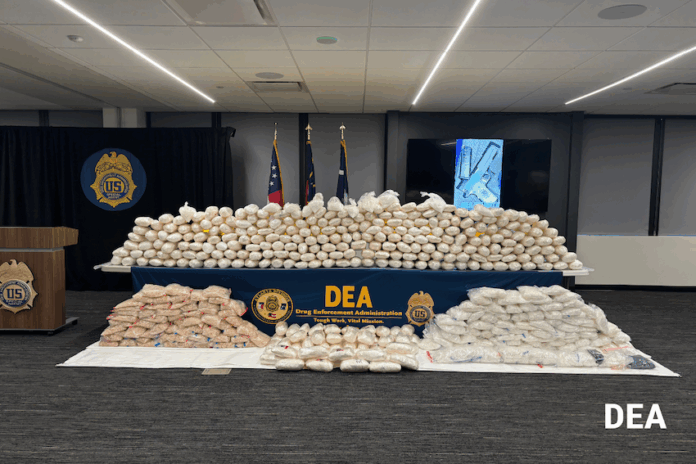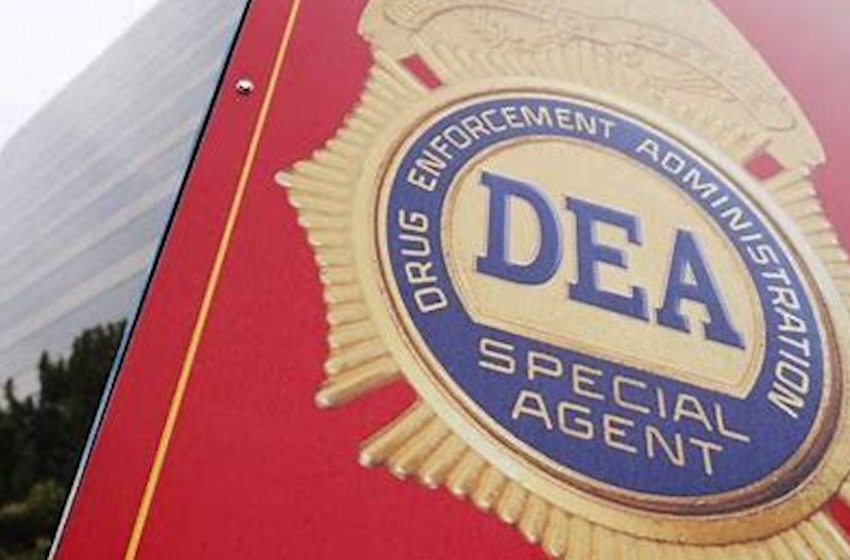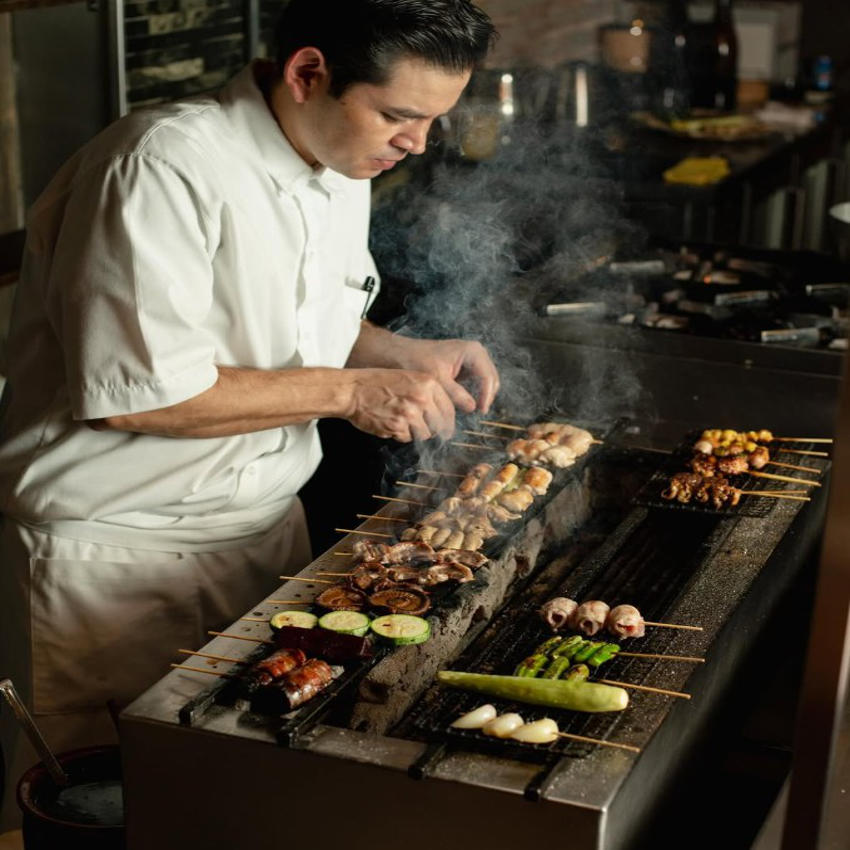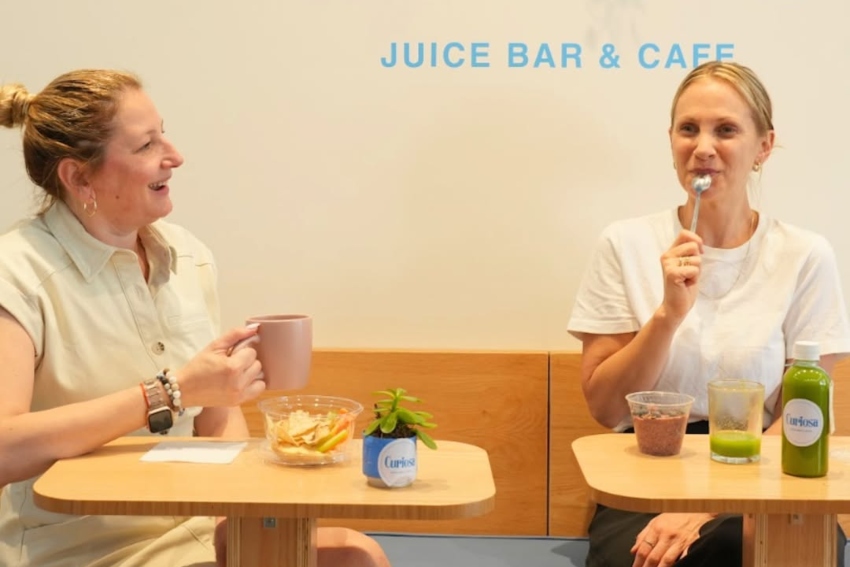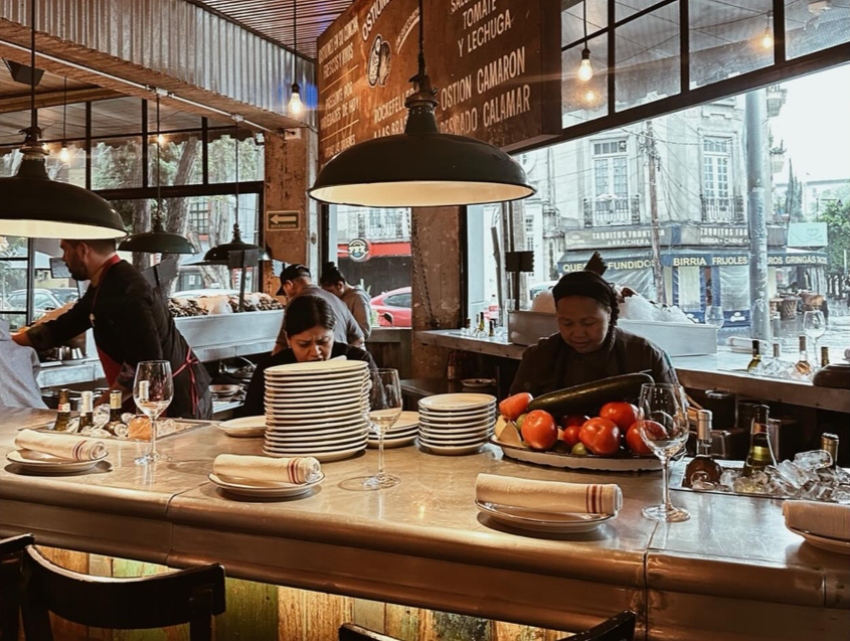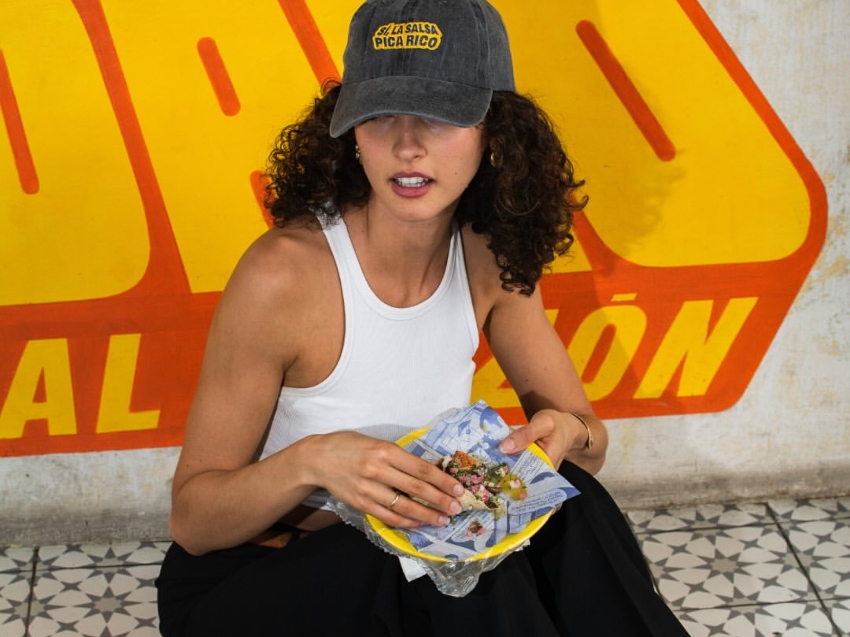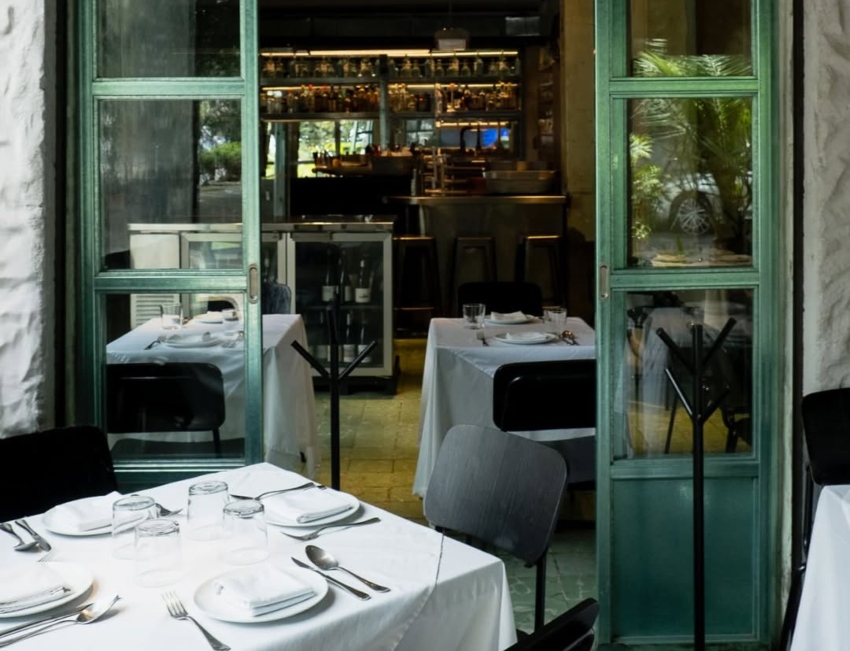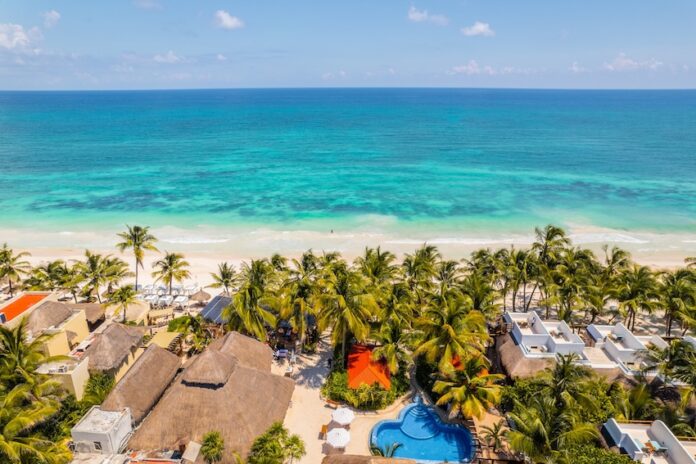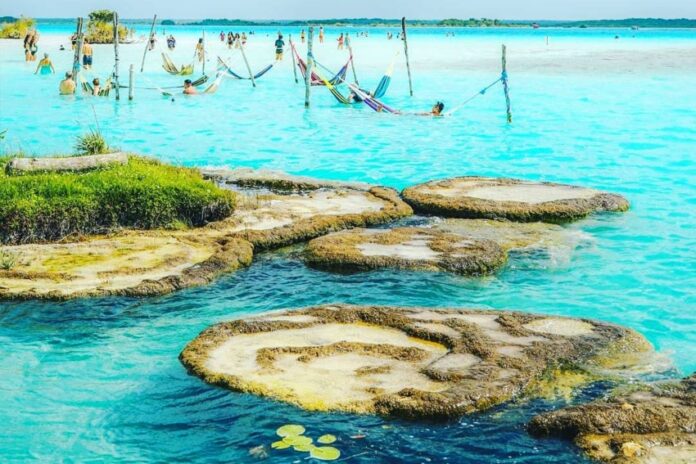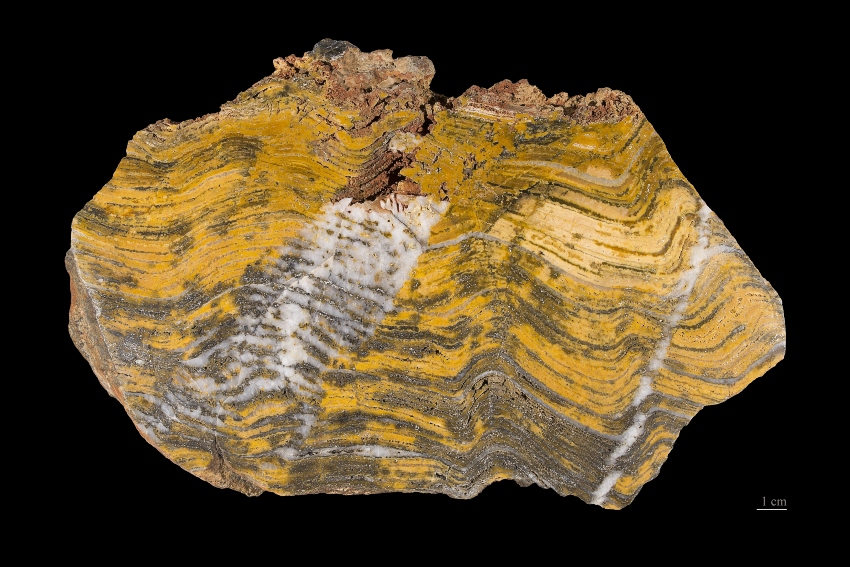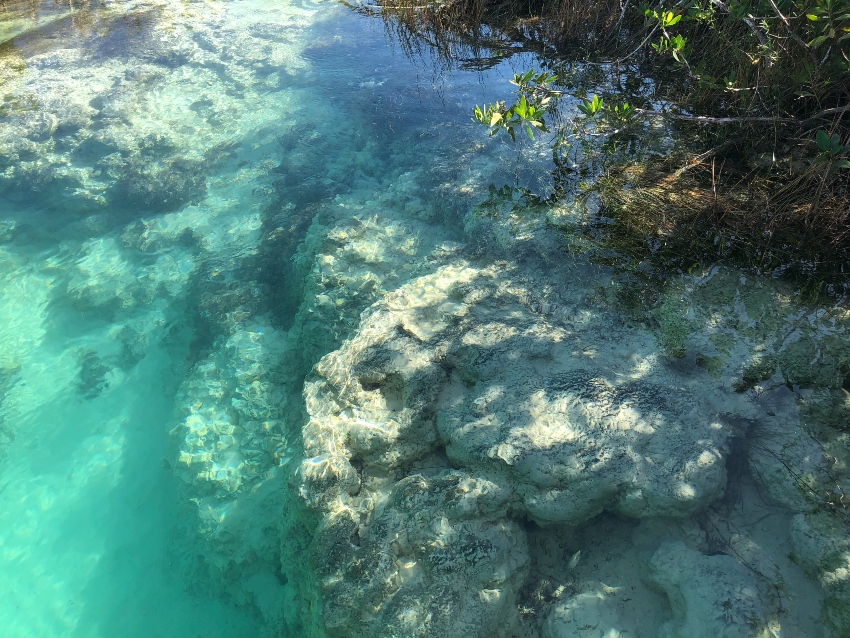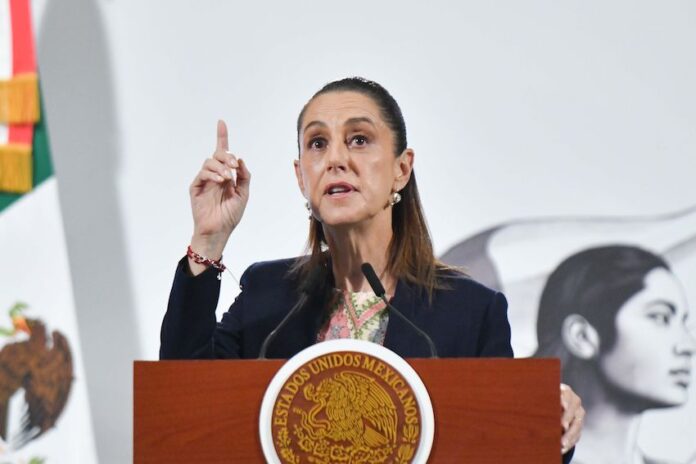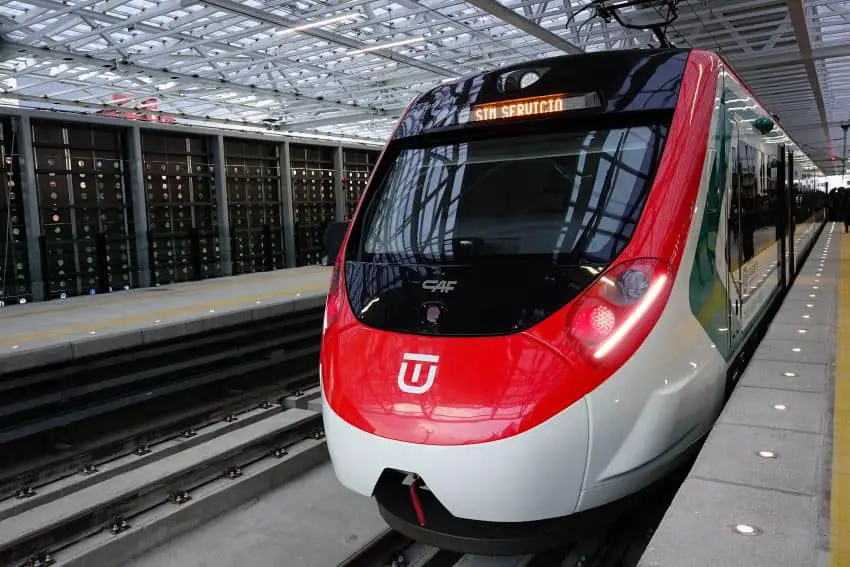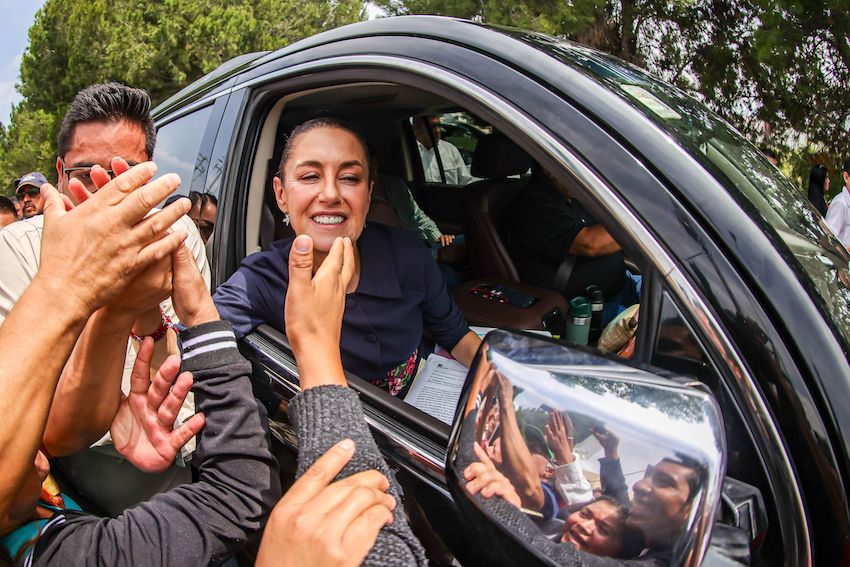At her Tuesday mañanera, held on the final day of her first year in office, President Claudia Sheinbaum engaged in a robust back-and-forth with a reporter who accused her of bias.
Among other issues, she also spoke briefly about new regulations aimed at making the transportation of liquefied petroleum gas safer.
Reporter accuses Sheinbaum of ‘favoritism’ at her mañaneras
Reyna Haydee Ramírez, an independent reporter, accused Sheinbaum of “favoritism” at her press conferences, asserting that she always gives the same journalists the opportunity to ask her questions.
The implication was that the president favors government-friendly reporters, a number of whom regularly attend the president’s mañaneras.
Sheinbaum responded by suggesting that Ramírez should count the number of times she has given a reporter from the newspaper Reforma the opportunity to ask questions.
“It’s not as if Reforma is particularly in our favor, is it?” she said.
As Ramírez continued to press her point, Sheinbaum noted that she had given her the opportunity to ask a question and advised her not to waste it.
“It’s not fair, it’s not democratic. … There are a lot of people who haven’t asked a question for a long time,” Ramírez continued.
The interaction between the president and the reporter ensued like this:
Sheinbaum: “Look, Reyna, if it were true that here in ‘La mañanera‘ we only gave the floor to those who agree with us, then why have we given the floor to Reforma, to other colleagues who ask whatever questions they want?”
Ramírez: “Because you have to conceal [your favoritism], presidenta: four lackeys, one reporter; five lackeys, one reporter.”
Sheinbaum: “The good thing is that you have an answer for everything. I’ll give you credit for that.”
Ramírez: “Well, that’s the issue here. Let’s see if it can become a little more democratic and fairer.”
Sheinbaum’s predecessor, Andrés Manuel López Obrador, also faced accusations that he favored government-friendly reporters at his morning press conferences.
The current president, following in AMLO’s footsteps, has attacked national and international media outlets on various occasions for what she perceived as unfair or false reporting.
After tragic accident, government will enforce new regulations for the transportation of gas
Almost three weeks after a gas tanker explosion in Mexico City that has now claimed more than 30 lives, Sheinbaum said that the government would announce new regulations for the transport of LP gas this Thursday.
The new regulations will make the transport of the fuel safer, she said, explaining that companies that transport gas will have to comply with “higher safety standards.”
The explosion in the Mexico City borough of Iztapalapa occurred after a speeding gas tanker overturned and crashed into a wall.
Reuters reported that “the incident has stirred frustration over safety conditions on Mexico’s highways, prompting calls for tighter oversight of hazardous cargo transport and road maintenance.”
Sheinbaum slams ‘sleepy Mexican’ stereotype
A reporter asked Sheinbaum about U.S. President Donald Trump’s social media post on Monday that included an AI-generated video featuring U.S. Senate Minority Leader Chuck Schumer and House Minority Leader Hakeem Jeffries, who is depicted wearing a sombrero and with a large mustache.
“I’d rather not comment,” the president responded.
She subsequently railed against the infamous image of a Mexican “with a sombrero sitting under a cactus.”
The “sleepy Mexican” image seeks to portray Mexicans as being lazy, Sheinbaum said before asserting that nothing could be further from the truth.
“Mexican women and men are so hard working, … Mexican workers are so good that they haven’t just lifted up the economy of Mexico, but that of the United States as well,” she said.
“The United States wouldn’t be what it is if it weren’t for the Mexican workers there, female workers and male workers,” Sheinbaum said.
By Mexico News Daily chief staff writer Peter Davies ([email protected])
